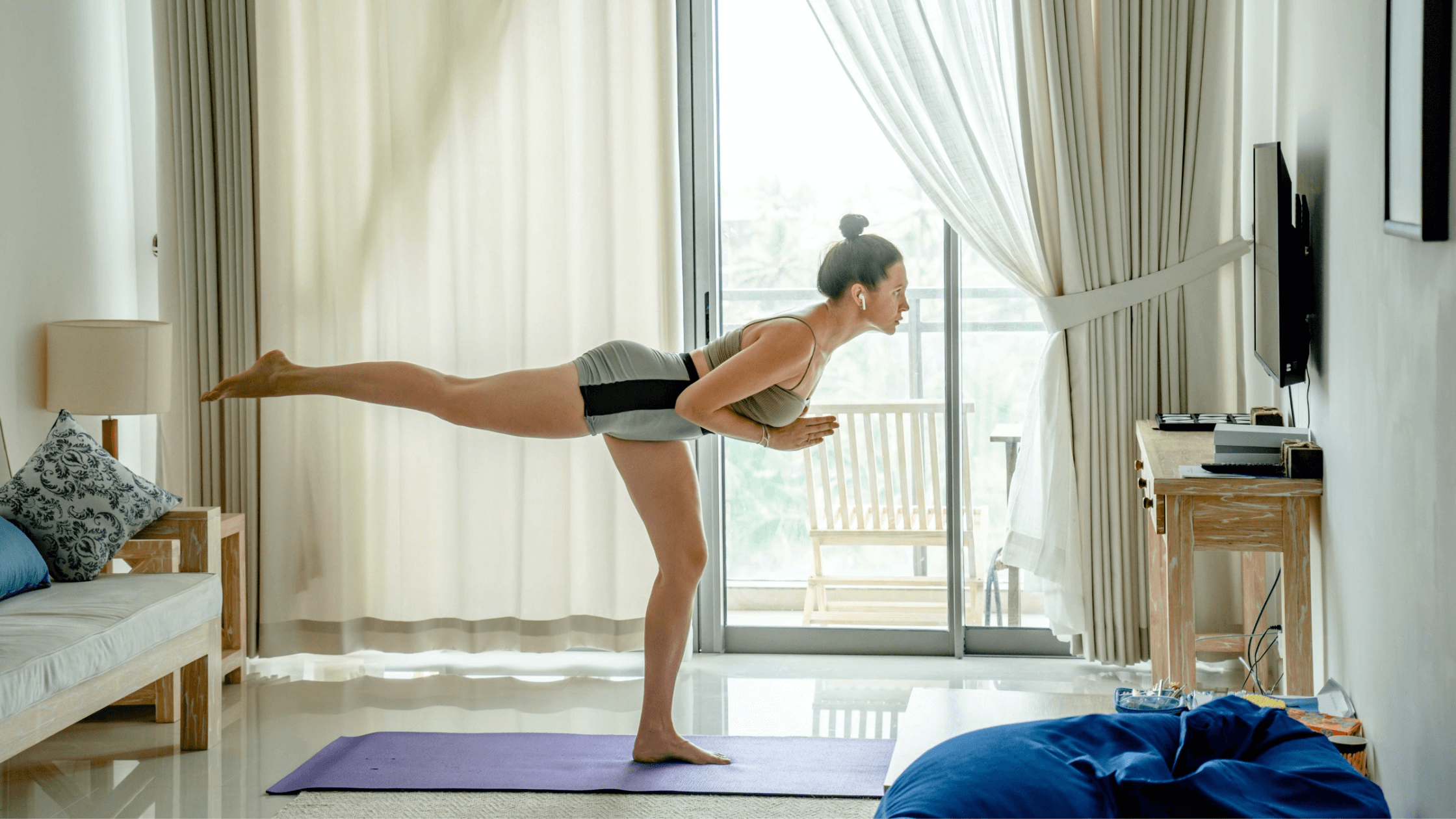Single Leg Balance: Why It's More Than Standing On One Foot

Licensed Physical Therapist, PT, DPT // EW Pilates Instructor // EW Yoga Instructor // LSVT – Big Certification // Credentialed APTA Clinical Instructor // EW Motion Therapy Homewood
If you’ve been to a zoo or watched a nature documentary, you’ve probably seen flamingos. Besides being a beautiful shade of pink, these birds are also known for their unusual resting position: they often stand balancing on one leg. There are a few theories about why they do this, including one study that showed it conserves body heat. But whatever reason they do it, it is a fun behavior for humans to try and imitate. Standing on one leg for a while is an interesting skill, but you may not realize it is necessary for healthy movement.
Your ability to balance on one leg can influence how you walk, go up and down stairs, and do many other things during the day. If you don’t feel as steady on your feet, physical therapy can be a great solution to regain your confidence - we even have a Balance program here at EW Motion Therapy for people with balance concerns. Even if you decide that our services don’t meet your needs, we still want to discuss why single-leg balance is essential for healthy, effective movement.
This article will discuss three critical questions about single-leg balance:
- Why is single-leg balance important?
- How can you improve single-leg balance?
- How can physical therapy help your balance?
Why is single-leg balance important?
In the big scheme of things, imitating a flamingo for a few minutes may not seem that important of a skill. However, think about what happens when you go up and down stairs. For a brief second, you balance on the opposite leg every time you go up or down a step. The same thing applies while stepping off curbs - you must fully support yourself on one foot, even if only for a moment. When you start to think about single-leg balance in this context, it becomes much more important than being a flamingo in a game of charades.
Single-leg balance is easy to take for granted until you have difficulties with it. It can be disheartening to lose your balance while trying to do basic tasks, and you may even resort to not leaving your home as often for fear of falling. Especially as we age, fall risk can quickly increase, even around your home, so working on your balance can restore your confidence and safety. Balance has even been linked to longevity - one study showed that the inability to stand unsupported on one leg for 10 seconds was associated with an 84% heightened risk of death from any cause.
How can you improve single-leg balance?
Balance is essential for getting around safely and reducing fall risk. You can do a few easy things at home to work on your balance. Work on your static balance first - stand on one leg near something you can hold onto. Begin with 10 seconds, but aim for 30. It is easy to incorporate this into things you already do, like standing at the sink to wash dishes. Then, when you feel confident on one side, switch to the other and repeat the process.
Once you can stand on either leg for at least 30 seconds, you can begin to work on your dynamic balance, or balancing as you move. You can practice marching, stepping over short obstacles, and walking on uneven surfaces like grass or gravel. Having a good grasp on your dynamic balance is essential to decrease fall risk, but another important part is recovering from losing balance without falling. Regaining balance in that split second requires leg strength, so try heel raises to strengthen calf muscles and sit-to-stand movements.
How can physical therapy help your balance?
Now you know more about improving your single-leg balance and why it is essential for healthy movement and reducing fall risk. If you go to physical therapy to work on your balance, you can do a similar static to dynamic balance progression under the watchful eye of your therapist. They can also safely observe your balance with your eyes closed - vision is a large part of balance along with strength.
Balance issues can be more than an annoyance - they can cost you your safety, independence, and even your confidence if you do not seek the proper care. But if you talk to your doctor and figure out the best care plan for you, you can live your best life and move freely. Our highly skilled team of physical therapists here at EW Motion Therapy can help you develop a treatment plan that addresses your needs and goals, including improving your balance. If you are curious about what else physical therapy can do for you, click the button below to download our answers to 20 frequently-asked physical therapy questions.


